Since the Electrical Installation Condition Report (EICR) requirements came into force in 2020, the UK has seen significant changes in how rental properties are managed for electrical safety. These regulations have not only improved tenant safety but have also created a predictable cycle of demand for EICR services that is set to surge again in 2025 and 2026.
If you’re a landlord or an electrical contractor, now is the time to prepare for the upcoming demand. Here’s what you need to know:
The EICR Regulation Timeline
In 2020, new regulations required that rental properties in England undergo EICR inspections:
- From July 1, 2020: All new tenancies had to have a valid EICR before the tenancy began.
- From April 1, 2021: This requirement extended to existing tenancies, meaning every rental property needed to have an EICR in place, regardless of when the tenancy started.
These regulations mandate that EICRs be renewed at least every five years. As a result, properties that had their first EICR completed in 2020 or 2021 are now due for their five-year renewal. This has led to a predictable increase in demand for EICR services as 2025 and 2026 approach.
Why Demand for EICRs is Set to Surge in 2025-2026
- Five-Year Renewal Requirement
The five-year expiration of the initial wave of EICRs means that landlords must schedule new inspections in 2025 and 2026. For many, this is the first time they will need to renew since the regulations were introduced. This cycle creates a surge in demand for qualified electricians to perform these safety checks. - Greater Awareness and Proactive Compliance
Since the EICR regulations were introduced, landlords have become more aware of their obligations to ensure the electrical safety of their properties. With compliance being critical to avoid fines and potential voiding of insurance, landlords are likely to be more proactive in arranging inspections. This increased awareness further fuels the demand for EICRs as renewal dates approach. - A Growing Rental Market
The UK’s rental market has continued to expand, with more properties being let out each year. New rental properties require EICRs before tenancies can begin, adding to the steady demand for inspections. In addition, as rental properties change hands or are upgraded, interim inspections may be needed, further contributing to the demand. - Follow-Up Inspections and Remedial Work
An EICR often identifies issues that require remedial action to meet safety standards. After completing these corrections, many properties require a follow-up inspection to confirm compliance. This process not only increases the initial demand for EICRs but also adds to the need for subsequent checks.
What This Means for Landlords and Electrical Contractor
For landlords, the upcoming surge means it’s crucial to plan ahead. Arranging for EICR inspections well in advance can help avoid delays or last-minute price hikes. Working with a trusted, qualified electrician will ensure that properties remain compliant and safe for tenants.
For electrical contractors, 2025 and 2026 present significant business opportunities. Preparing for this influx by expanding your services, reaching out to existing clients, and offering competitive pricing for early bookings can help capitalize on this demand. Building relationships with estate agents and property managers could also be a strategic move to secure a steady stream of EICR work.

Conclusion: Be Prepared for the EICR Wave
As the five-year renewal cycle for EICRs kicks in, 2025 and 2026 will bring a substantial increase in demand for electrical inspections. Understanding the dynamics of this market shift can help both landlords and electricians stay ahead of the curve, ensuring safety compliance while taking advantage of the opportunities that lie ahead. Don’t wait until the last minute—prepare now to make the most of the upcoming EICR surge!

